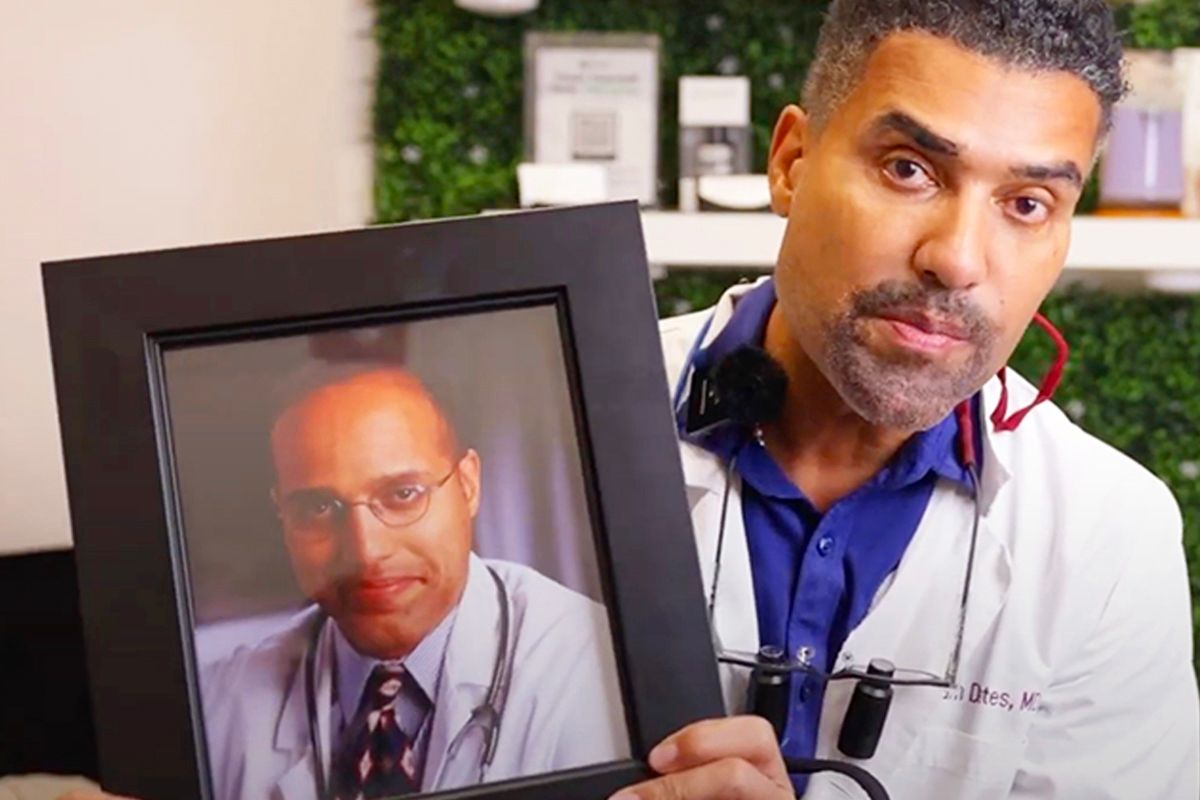



Most people express the importance of knowing the signs of hair loss. But aside from that, you should also know the type of hair loss you’re experiencing.
Learning the different types allows you to identify the root causes and effective solutions. This way, you can ensure the best results.
So, what exactly are the types of hair loss you can encounter? Let’s dive into them and how you can address each type.
This refers to the natural condition of hair loss. It usually develops as gradual thinning of the hair that follows age. It happens because hair follicles become weaker and go into a resting phase the older you get. So, what remains becomes short and few.
Since this is a natural process, you may be able to aid it with medication, non-invasive treatments, or natural remedies.
This type of hair loss is also known as hereditary hair loss. Other names for this include pattern alopecia or male or female pattern baldness. Among other types of hair loss, this is the most common, affecting up to 50% of individuals across different age groups.
It often starts gradually, beginning as early as teens to early 20s. The symptoms also tend to vary based on gender, wherein females experience thinning while males go through progressive hair loss in the temples and the crown.
Several hair loss solutions work with this, but most consider hair transplantation, depending on the severity of the case.
Alopecia areata is an autoimmune condition that can result in complete baldness. It attacks the hair follicles, causing bald patches around the head.
Usually, people who go through this experience their hair returning within a few years if it doesn’t turn into full baldness. Otherwise, treatments would be necessary to address the issue, such as medication and therapy.
Alopecia areata is also responsible for hair loss in the eyebrows, eyelashes, and other parts of the body.
Traction alopecia is primarily caused by putting too much pressure and force on your hair. It includes how you handle it when you style it, like tight ponytails or too much tugging.
Doing so often can weaken your hair follicles, causing them to fall off later. However, you can easily address it by being more gentle with your hair and avoiding styles that add tension to your hair.
Cicatricial or scarring alopecia is a rare condition caused by inflammation. It destroys your hair follicles, leading to the formation of scar tissues instead. When this happens, your hair fails to grow back.
The symptoms of this condition may not be noticeable at first, particularly with how much hair falls off. Other signs that help you identify it include severe itching and swelling. You may also notice red or white lesions that resemble rashes around your scalp.
The treatment for cicatricial alopecia varies based on the primary cause. So, it’s important to consult a hair loss professional to get effective solutions.
Keep in mind there are also different types of cicatricial alopecia with reasons that vary from diseases and disorders to hair styling techniques and exposure to products.
Among the types of hair loss, trichotillomania is one of the few that are highly associated with mental health. So, you may need to consult a different doctor for this.
It’s the condition where an individual constantly pulls their hair out. Usually, this stems from different reasons or they have difficulty stopping.
A quick solution to hair loss from this condition is to change the behavior. Otherwise, this can lead to permanent hair loss if it goes on for years.
Most experts recommend psychotherapy to aid the concern since stress is a common reason for the urge. The reason may vary for every individual, but psychotherapists are the key people in identifying those factors.
Telogen effluvium can be described as hair thinning caused by changes in your hair’s growth cycle.
This type of hair loss is often sudden since it results from emotional shock or physical trauma. A few instances this occurs include experiencing a traumatic event or being in a period of extreme stress.
It’s also possible to experience it when you go through different physical conditions, like childbirth, malnutrition, or acute illnesses. In this case, medications are usually the recommended treatment for hair loss.
Hair loss caused by medical treatments usually falls under a different category called anagen effluvium. These are often rapid due to the effects of the treatment, such as chemotherapy.
In this case, although the medication acts fast to kill cancer cells, it causes hair follicle production to shut down in different parts of the body, commonly the scalp. Even so, it’s usually temporary and hair can grow back on its own after the treatment.
Your doctor may also recommend medication that helps you speed up the process of the regrowth.
This condition is also known as ringworm of the scalp. It’s a fungal infection that causes the appearance of small, bald patches. Usually, they appear scaly and feel itchy.
Many recommend treating it as soon as possible to prevent it from growing and spreading. Some also note that it’s troublesome to deal with once it starts to spread.
Note that the condition is temporary and can be easily treated with antifungal medication. Once the infection is cleared, your hair will naturally grow back.
Different types of hair loss require solutions of their own, particularly because the root cause varies. Moreover, it’s important to consider whether the condition is severe or temporary before jumping from treatment to treatment.
Keep in mind that while hair transplant is a common solution, it won’t always work for certain conditions. Additionally, experts often recommend choosing non-invasive treatments or medications if you’re experiencing temporary hair loss.
Otherwise, if you’re considering long-term hair restoration, a hair transplant may be the ideal method for you!



Ready to love your hair? Call 312.883.9617 for a consultation or fill out the form below
OUR LOCATION
213 N. Stetson Ave
Chicago, IL 60601
HOURS
Copyright ©2025 Dr. Yates Hair Science | All Rights Reserved
Powered by HEAVY LEVITY